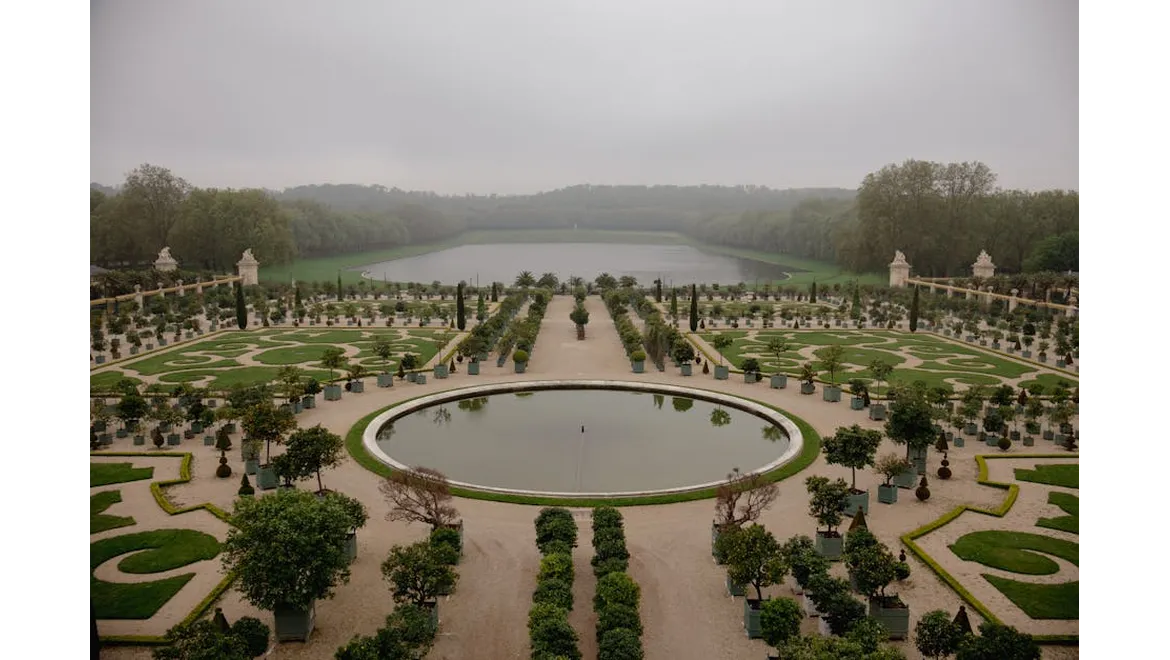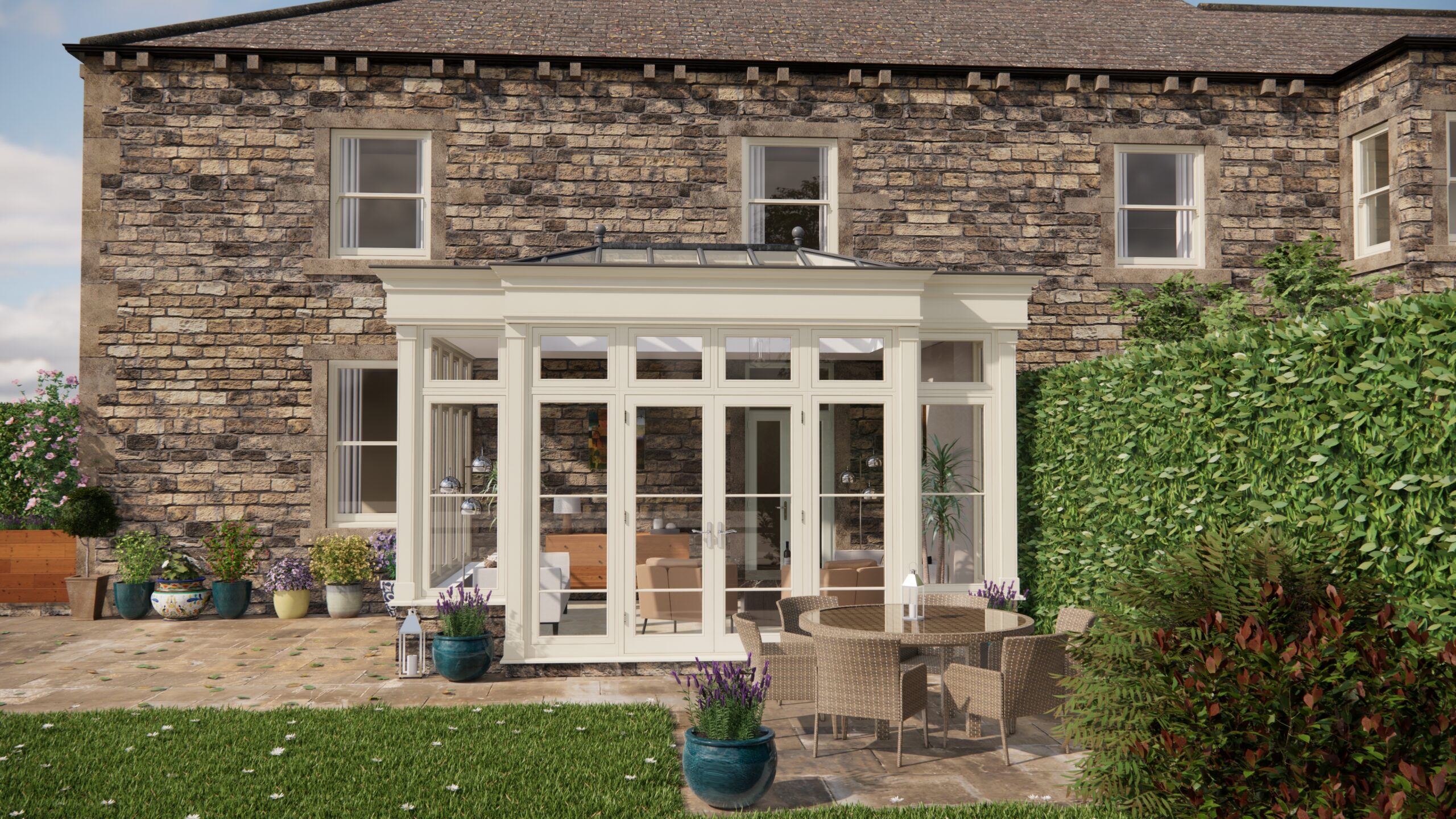So, I was chatting with Sam the other day, and we got onto the topic of gardens, as you do in the UK! Sam’s always been a keen gardener, but she was telling me how much an orangery has completely transformed her experience. It’s not just about escaping the unpredictable British weather; it’s fundamentally changed how she interacts with her garden throughout the year. I was instantly intrigued.
“It’s like having a superpower,” she laughed. “I can actually control the microclimate now. Remember last spring when we had that late frost that killed off all the early blossom? Didn’t touch my orangery! Everything was snug and happy inside.”
That got me thinking about the ‘Beyond the Shed’ articles I’ve been reading about orangeries as year-round gardening havens. They talk a lot about how an orangery bridges the gap between your indoor and outdoor spaces, especially crucial with our… ahem… variable climate. Sam’s experience really brought it to life.
Overwintering Wonders:
One of the biggest benefits Sam highlighted was overwintering tender plants. “I used to lose so many beautiful things to the frost,” she explained. “Now, my bougainvillea, my citrus trees, even my delicate fuchsias, all come inside for the winter. I just adjust the temperature, making sure it stays above freezing, and they thrive. It’s so rewarding to see them burst back to life in the spring, ready to go back out into the garden.”
If you are considering this, remember to thoroughly inspect your plants for pests before bringing them indoors. A good blast with the hose and perhaps a neem oil treatment can prevent infestations from spreading within your orangery. Also, reduce watering during the dormant period.
Early Bird Gets the Seedlings:
Sam’s also a big fan of starting seedlings early in her orangery. “I get a huge head start on the growing season,” she said. “Tomatoes, peppers, chillies – I sow them all in January or February, and they’re strong, healthy plants by the time it’s safe to plant them outside. I use heated propagators to help get things going and then gradually harden them off by opening the orangery windows a bit more each day before planting in the garden”.
When starting seedlings, ensure you use a good quality seed compost and provide adequate light. Seedlings require bright, indirect light to prevent them from becoming leggy. Consider using grow lights if your orangery doesn’t receive enough natural sunlight.
Plant Paradise:
We then started talking about specific plants that do well in an orangery. Sam has had great success with citrus trees (lemons, oranges, and limes), which fill the space with a wonderful fragrance. She also grows orchids, which love the humid conditions, and Mediterranean herbs like rosemary and thyme, which thrive in the sunny environment. Bougainvillea, with its vibrant colours, climbs beautifully along the walls, providing a stunning focal point. She also swears by Calla Lillies, which add elegance and style to any orangery.
Experiment with different plants and find what thrives in your specific orangery conditions. Remember to consider factors like light levels, humidity, and temperature when making your selections.
More Than Just Plants:
But Sam was quick to point out that an orangery isn’t just about the plants. “It’s a place to relax, to read, to enjoy the garden even when it’s pouring down outside,” she said. “I have a comfy chair and a small table in there, and I often spend my evenings surrounded by greenery, even in the depths of winter. It’s a real sanctuary.” This is a crucial point to consider when planning your orangery design – think about furniture and layout to ensure the space is inviting and comfortable, no matter the time of year.
So, What Did I Learn?
Talking to Sam, and reading those ‘Orangeries and Garden Rooms’ articles, has completely shifted my perspective. It’s clear that an orangery offers a unique way to extend the gardening season, protect tender plants, and create a beautiful, relaxing space to enjoy all year round. It’s about taking control of the environment and creating a haven for both plants and people. I think I’ll be looking into this a bit more… watch this space!


